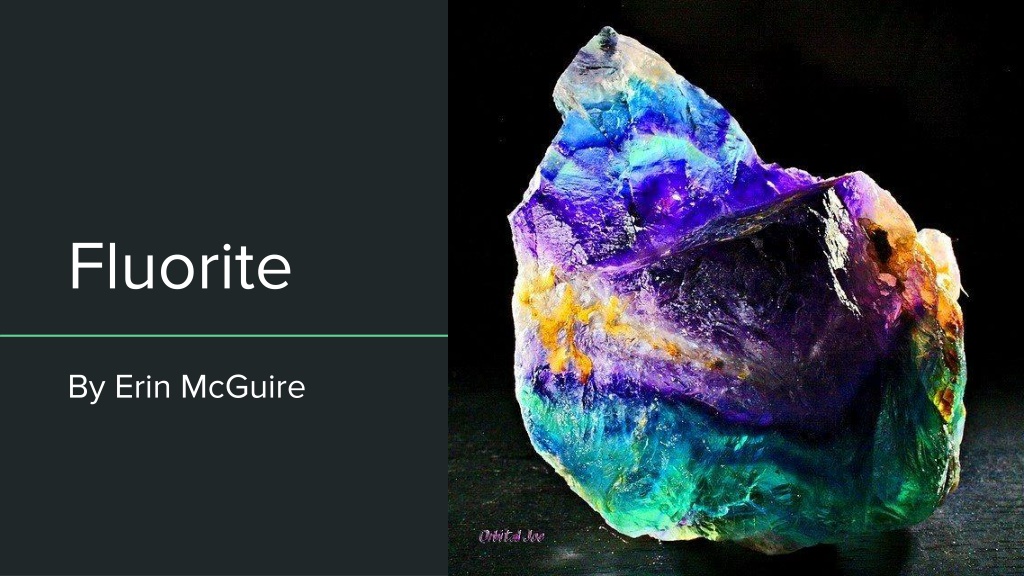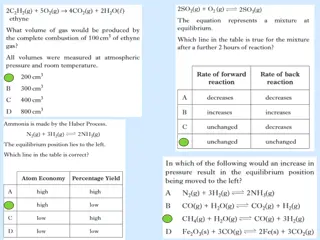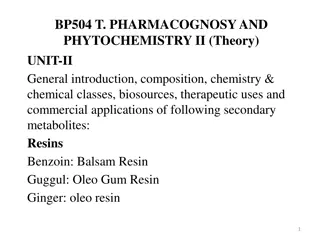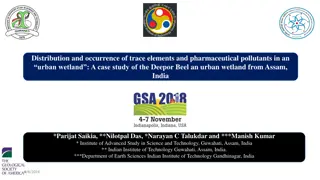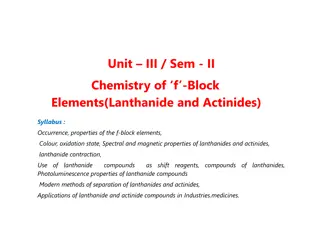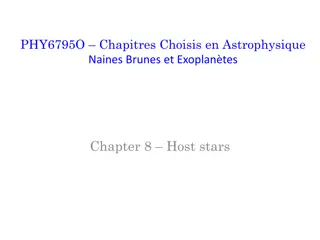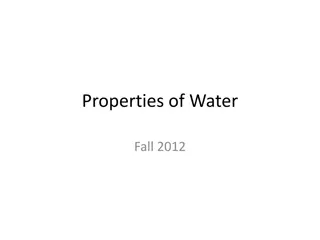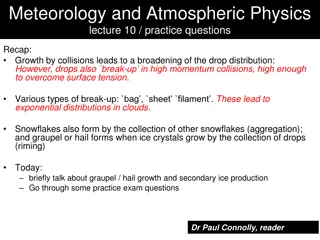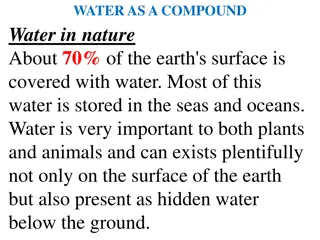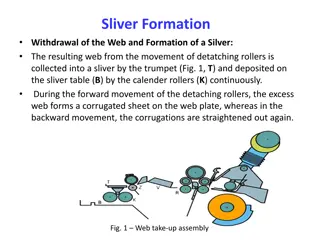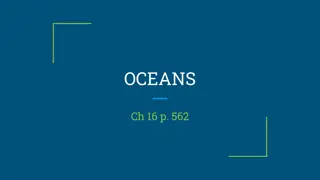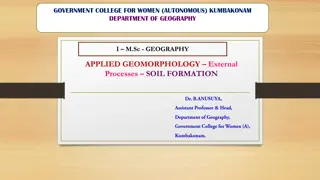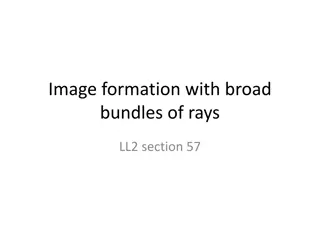All About Fluorite: Formation, Properties, and Occurrence
Explore the world of fluorite with details on its formation as vein fillings in rocks, occurrence in various countries, common associations, naming history, physical and optical properties, and X-ray diffraction. Discover the stunning colors and unique characteristics of this fascinating mineral.
Download Presentation

Please find below an Image/Link to download the presentation.
The content on the website is provided AS IS for your information and personal use only. It may not be sold, licensed, or shared on other websites without obtaining consent from the author. Download presentation by click this link. If you encounter any issues during the download, it is possible that the publisher has removed the file from their server.
E N D
Presentation Transcript
Fluorite By Erin McGuire
How is Fluorite formed? Fluorite occurs as vein fillings in rocks when subject to hydrothermal activity, especially those containing lead and zinc minerals. It is also found in the fractures and cavities of limestone and dolomite structures.
Where do you find Fluorite? Fluorite is common all over the world, with most of the deposits in: Argentina, Austria, Canada, China, England, France, Germany, Mexico, Morocco, Myanmar, Namibia, Russia, Spain, Switzerland, United States
Commonly Found With: Baryte, Calcite, Dolomite, Pyrite, and Quartz
How was it named? 1797 Carlo Antonia Galeani Napione named Fluorite off of its ability to be used as a flux in metallurgy. In Latin, fleure means to flow . In 1852 George Gabriel Stokes discovered the phenomenon of fluorescence which he named after he observed fluorite producing color beyond the violet end of the spectrum Blue John, Cerfluorite, Chlorophane, False Amethyst, Ratovkite, Stink- Fluss, Strontian Fluorite, Tiffany Stone, Yttrocerite, Yttrofluorite
Physical Properties Vitreous, dull Transparent Purple, golden-yellow, green, colourless, blue, pink, brown, champagne White Streak Perfect Cleavage, (0,1,1) Splintery fracture 3.175-3.56 specific gravity- increasing density with rare earth substitution 4 on Moh s Hardness Scale
Optical Properties Fluorescence : Blue due to erbium, White, Red, Pink, Cream Isotropic No Birefringence RI Values: 1.433-1.448
X-Ray Diffraction X-Ray Diffraction of Fluorite from Rock Candy Mine, British Columbia, CA
Uses Metallurgy- fluorite is used as a flux, which promotes fluidity of smelting ores, removes oxide films, prevents reoxidation of the surfaces during heating and aids to remove objectionable impurities in the form of slag. The purest grades of fluorite are a source for fluoride to make hydrofluoric acid Lapidary uses- decoration, jewelry Glass Purify water Fights cavities Learning aid, stabilizer, open mind
Citations https://geology.com/minerals/fluorite.shtml https://www.britannica.com/technology/flux-metallurgy https://www.mindat.org/min-1576.html https://en.wikipedia.org/wiki/Carlos_Ant%C3%B4nio_Napion http://minerva.union.edu/hollochk/halifax_pluton/stop_8.html http://www.geologyin.com/2017/02/why-fluorite-comes-in-different-colors.html
